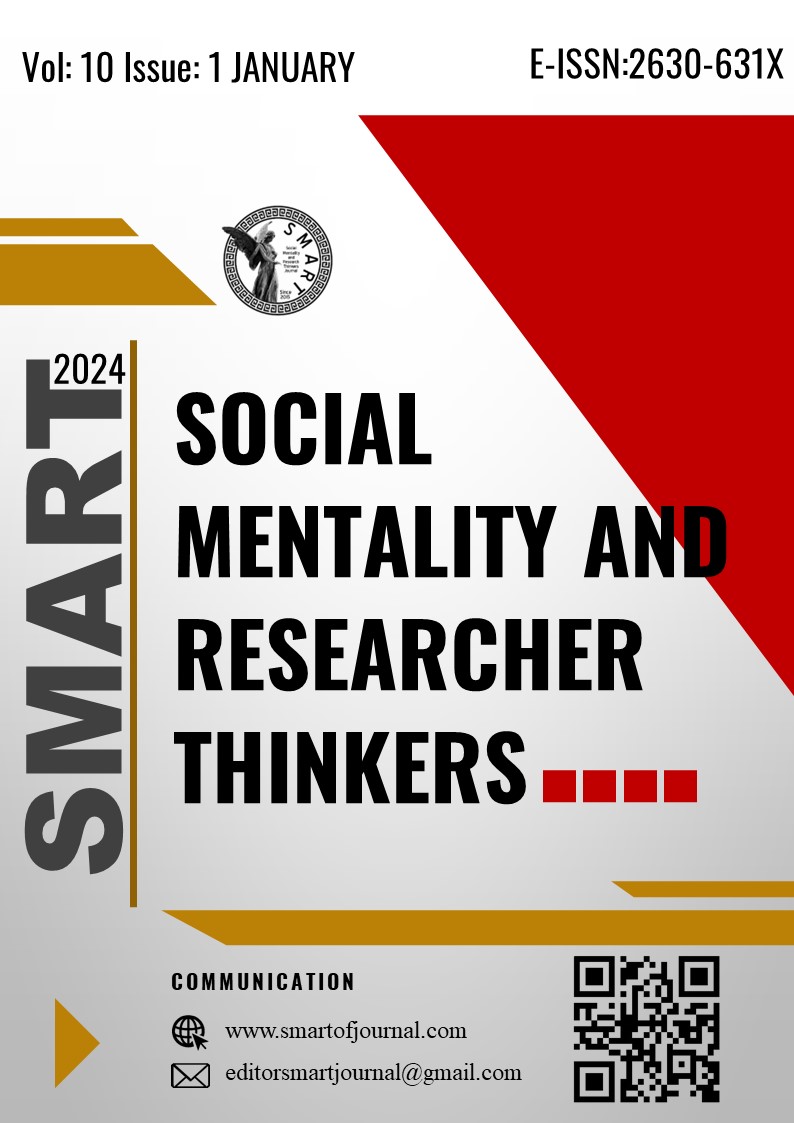Author :
Abstract
|
İstanbul Adaları içinde dokuz takımadadan biri olan Heybeliada’da Çam Limanı mıntıkasında bakırla karışık demir yatakları bulunduğu için Yunanca “bakır” anlamına gelen “halki” sözcüğü buradan gelmektedir. Geçmiş zamanlardan beri Çam Limanı kazıla kazıla Ay biçimini almış, Ada’ya yere bırakılan ‘heybe’ görünümü kazandırdığından dolayı buraya Heybeliada denilmiştir. Bakırdan işlenmiş bir alaşım olan bronz ise Heybeliada Ruhban Mektebi’nde simgesel önem taşımaktadır ve bu da bronz kılçık olarak sembolleşmiştir. Hera Büyüktaşçıyan, Kılçık III-IV adlı kompozisyonunda zamanın ağına takılan, diplerden gelen ve her gün üzerine eklenen hafıza parçacıkları ile kemikleşmiş geçmişi gün yüzüne çıkarmaktadır. Kılçık, bazen vahşi dalgaların kıyısından koparak uzaklara savrulur, bazen de tarihin ağırlığını biriktirip beden ve nesnelerin yüzeyine takılır. Balığın midesi “yuva”dır ve bu denizin belleğidir; havasını soluyan ve suyundan içen belleğini Kılçık’ta bulur. Bu esnada boğazı yaralananlar kendilerini ifade edememenin acısını çeker. Mektep’teki Bronz Kılçık sadece Etüd Odası’nda değildir; birinci, ikinci ve üçüncü sınıfların hepsinde sıraların üzerinde yer almaktadır. Kılçık, kolektif belleğin izleğidir ve çocukluk çağında kazanılması gereken alışkanlıkları “yuva”ya taşır; kendine doğru çeker. Bu yüzden burası yatılı mektep şeklinde inşa edilmiştir. Bütün alışkanlıklar Kılçık gibi yuvadadır; yuva mektep, mektepse yuvadır. Bu aslında kimliğin kabul gördüğü çevrede dengede kalabilmenin yoludur çünkü birey cemaat içinde doğmuş ve gelişmiştir. Alışkanlıklar öbeğine dönüştüğünde belleğin kanıksadığı alanda yerini almıştır. Kolektif belleğin düşünce pratiğindeki önemi ise çocuk yaşta belleğe yüklü olan hakikat bilgisi ile şekillenmiştir. Bu metin, Heybeliada Ruhban Mektebi’nin Etüd Odası’nda sıraların üzerinde yer alan Bronz Kılçık sembolünün taşıdığı o derunî mânayı tasvir etmektedir. |
Keywords
Abstract
|
In Heybeliada, at Çam Limanı, the word "halki," meaning "copper" in Greek, is derived from the mixed copper and iron deposits there. Over the ancient times, Çam Limanı has taken on the shape of a crescent moon through excavation, resembling a 'satchel' left on the ground, which gradually led to the name Heybeliada. Bronze, an alloy made from copper, holds symbolic significance at the Heybeliada Greek Orthodox Seminary and carries symbolic value in the form of a bronze fishbone. In her two compositions titled "Fishbone III-IV," Hera Büyüktaşçıyan reveals the solidified past entangled in the net of time, comprised of memory fragments that accumulate from the depths and are added daily. The fishbone sometimes breaks away from the edge of the wild waves, being carried far away, and at other times, it accumulates the weight of history and sticks to the surface of bodies and objects. Here, the fish's stomach is its "nest," and this is the memory of the sea; it breathes its air, drinking from its water, bringing together its soul and memory in the fishbone. Meanwhile, those wounded in the throat suffer from the pain of being unable to express themselves. This Bronze Fishbone, located in the school, is not only in the Study Room but stands atop the desks of the first, second, and third classes. The fishbone is the trace of collective memory and carries habits that should be acquired in childhood to the "nest," drawing them towards oneself. That is why this place was built as a boarding school. All habits are in the nest like the fishbone; the nest is the school, and the school is the nest. This is actually the way to maintain balance in an environment where identity is accepted. Because the individual is born and developed within the community. When habits turn into a set, they have taken their place in the area where memory is accustomed. The importance of collective memory in knowledge and thought practice is shaped by the truth knowledge loaded into memory in childhood. This text depicts the deep meaning carried by the Bronze Fishbone symbol located atop the desks in the Study Room of Heybeliada Greek Orthodox Seminary. |





